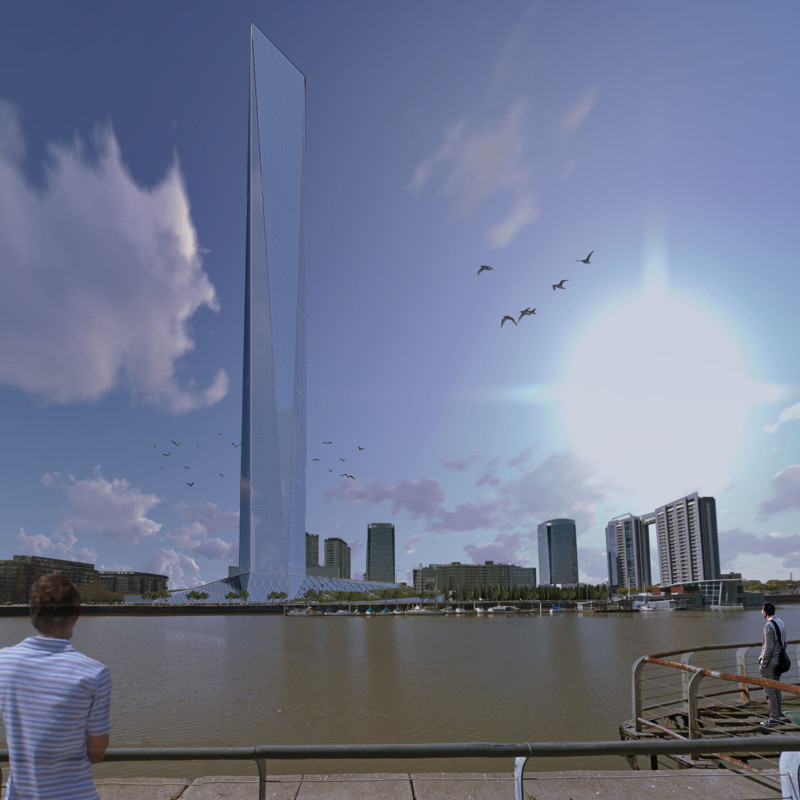5 key facts about this project
The architectural concept revolves around a seamless integration of natural elements and built forms. This is evident in the design’s layout, which optimizes natural light and enhances airflow throughout the space. Large windows and strategically placed openings allow for an abundance of sunlight to filter in, creating a warm and inviting atmosphere. The connection to the outdoors is a recurring theme in the project, providing occupants with panoramic views of the surrounding landscape. This emphasizes a harmonious relationship between the interior environment and the natural surroundings.
Materials play a crucial role in this architectural project, contributing to both the visual identity and the structural integrity of the design. The use of sustainable materials, such as reclaimed wood, natural stone, and energy-efficient glazing, reflects a commitment to environmental responsibility. The texture and color of these materials are carefully chosen to create a cohesive aesthetic that resonates with the local architectural vernacular. The contrast between the raw, organic qualities of the wood and the sleek, modern forms of the stone creates a dialogue that enriches the sensory experience of the space.
Functionality is at the heart of the project. Each area is purposefully designed to cater to the specific needs of its users. The circulation paths are intuitive, guiding inhabitants smoothly from one space to another, reducing the potential for confusion and enhancing user experience. The design incorporates flexible spaces that can adapt to various activities, allowing the environment to evolve alongside its users. This adaptability ensures that the architectural design remains relevant and functional over time.
What makes this project particularly unique is its innovative approach to sustainability and community engagement. The design incorporates features such as green roofs, solar panels, and rainwater harvesting systems, which not only reduce the building's ecological footprint but also serve educational purposes for visitors and residents alike. This focus on sustainability extends beyond environmental considerations; it fosters a sense of community by creating shared spaces where individuals can gather, collaborate, and build relationships.
The attention to detail is evident in the craft of the architectural finishes and the careful selection of furnishings, which align effortlessly with the overall design language. By prioritizing comfort and usability, the design enhances the quality of life for its occupants. Moreover, the project pays homage to the local culture, integrating aspects of the community's heritage into its design narrative. This thoughtful consideration of context and culture elevates the project, making it not just a structure but a meaningful addition to the community fabric.
As you delve into this architectural project, you will uncover rich layers of design intention reflected in the architectural plans and sections. Each drawing provides insights into the spatial arrangements and structural nuances that are pivotal to understanding the project’s functionality and aesthetic appeal. The architectural designs articulate a vision that is both rooted in tradition and forward-thinking, demonstrating how contemporary architecture can resonate on multiple levels.
Exploring the project further will deepen your appreciation for the thought-provoking architectural ideas that define it. The interplay of form, function, and sustainability provides a comprehensive look at modern architectural practices that prioritize user experience and environmental stewardship. For those intrigued by innovative architecture, I invite you to examine the project presentation for a more detailed understanding of its design elements and overarching philosophy.


























